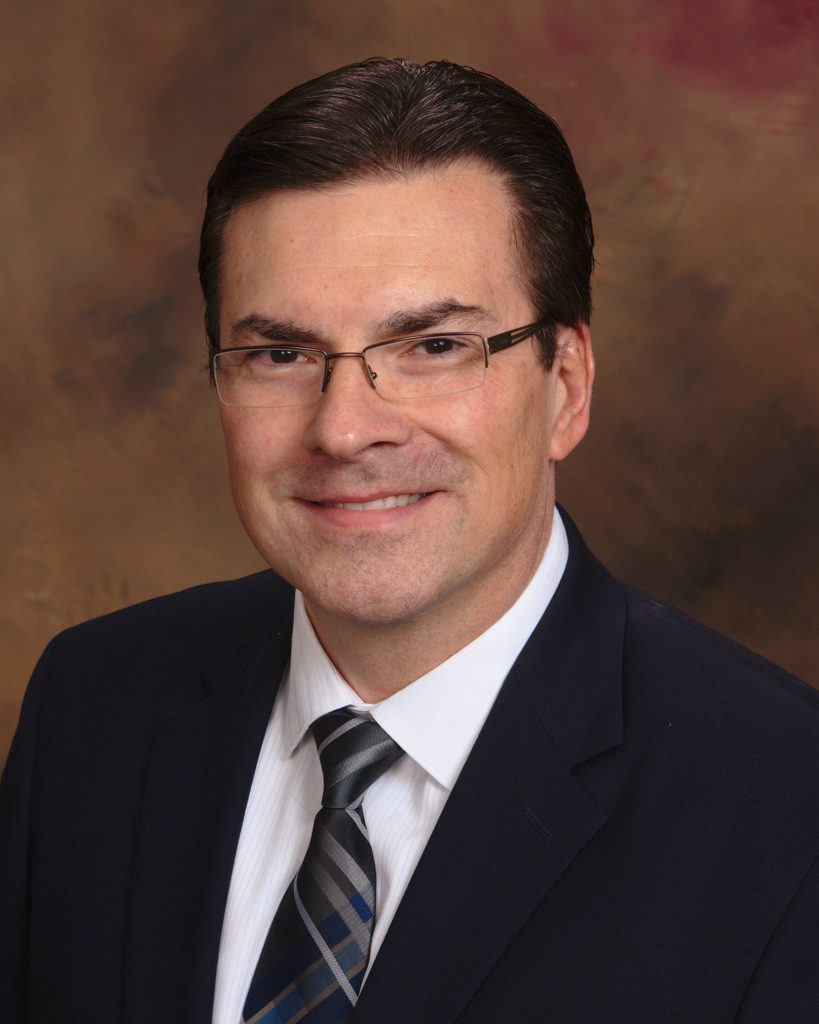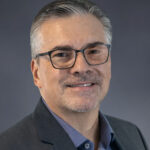
Note: This story was updated on May 12 to reflect new regulatory changes.
As skilled nursing facilities around the nation rise to the challenges of managing this current infectious disease outbreak, providers must remain focused on maintaining a safe environment of care within their buildings. Complying with Life Safety Code requirements is the first step in helping to promote safety for all building occupants.
In a revised communication on the 1135 waivers issued May 8, 2020, the Centers for Medicare & Medicaid Services is modifying (and clarifying) the following requirements:
- Alcohol-based Hand-Rub (ABHR) Dispensers: We are waiving the prescriptive requirements for the placement of alcohol based hand rub (ABHR) dispensers for use by staff and others due to the need for the increased use of ABHR in infection control. However, ABHRs contain ethyl alcohol, which is considered a flammable liquid, and there are restrictions on the storage and location of the containers. This includes restricting access by certain patient/resident population to prevent accidental ingestion. Due to the increased fire risk for bulk containers (over five gallons) those will still need to be stored in a protected hazardous materials area. Refer to: 2012 LSC, sections 18/19.3.2.6. In addition, facilities should continue to protect ABHR dispensers against inappropriate use as required by 42 CFR §482.41(b)(7) for hospitals; §485.623(c)(5) for CAHs; §418.110(d)(4) for inpatient hospice; §483.470(j)(5)(ii) for ICF/IIDs and §483.90(a)(4) for SNF/NFs.
- Fire Drills: Due to the inadvisability of quarterly fire drills that move and mass staff together, we will instead permit a documented orientation training program related to the current fire plan, which considers current facility conditions. The training will instruct employees, including existing, new or temporary employees, on their current duties, life safety procedures and the fire protection devices in their assigned area. Refer to: 2012 LSC, sections 18/19.7.1.6.
- Temporary Construction: CMS is waiving requirements that would otherwise not permit temporary walls and barriers between patients. Refer to: 2012 LSC, sections 18/19.3.3.2.
To review the actual revised CMS communication, click on the following link and examine pages 25 – 27: https://www.cms.gov/files/document/summary-covid-19-emergency-declaration-waivers.pdf
Other new 1135 life safety requirement waivers
To further assist skilled nursing facilities and other healthcare providers with infection control measures, CMS has issued additional 1135 blanket waivers that have direct impact on the requirements for maintaining the physical environment to reduce disruption of patient care and potential exposure/transmission of COVID-19. CMS is temporarily modifying these requirements to the extent necessary to permit facilities to adjust scheduled inspection, testing and maintenance (ITM) frequencies and activities for facility and medical equipment. Additionally, the same modifications will be allowed for ITM frequency and activities required by the Life Safety Code (LSC- NFPA #101, 2012 ed.) and the Health Care Facilities Code (HCFC- NFPA #99, 2012 ed.). The following LSC and HCFC ITM activities are considered critical and not included in this waiver:
- Sprinkler system monthly electric motor-driven and weekly diesel engine-driven fire pump testing.
- Portable fire extinguisher monthly inspection.
- Elevators with firefighters’ emergency operations monthly testing.
- Emergency generator 30 continuous minute monthly testing and associated transfer switch monthly testing.
- Means of egress daily inspection in areas that have undergone construction, repair, alterations or additions to ensure its ability to be used instantly in case of emergency.
The waivers will terminate once the emergency declaration is lifted and have an effective date of March 1, 2020. Specific information pertaining to these elements of the 1135 Waiver can be found on page 23 on this link: https://www.cms.gov/files/document/summary-covid-19-emergency-declaration-waivers.pdf
When varying from prescribed IMT frequency and activities or when any alterations to the building have occurred during the management of COVID-19, facilities should also consider implementing Alternate Life Safety Measure (ALSM) to help further promote a safe and compliant environment of care.
Here are some additional points for SNFs to consider:
- Prior to COVID-19, fire drills were required to be completed on all shifts as per regulations — one drill, per shift, per quarter.
- Some providers used fire safety consultants to conduct their fire drills. These consultants may not be allowed into a SNF so alternate ways of conducting these required drills with internal staff will need to be identified and implemented.
- Inspection, testing and maintenance (IMT) of fire protection and life safety systems may need to be deferred as service contractors (fire alarm, fire sprinkler, emergency generator, kitchen fire suppression, etc.) may not be allowed inside of a SNF.
- Storage practices must be maintained in a compliant manner inside of rated storage rooms with doors closed; not propped open for convenience purposes.
- Storage items should not be placed within means of egress (exits, hallways, common assembly areas, etc.) as this will compromise evacuation capabilities.
- Alcohol-based hand rub (ABHR) dispenser must be installed in a compliant manner and away from all potential ignition sources like electrical outlets and electrical switches. Here are some additional points of consideration:
- Maximum individual dispenser capacity is 0.32 gal. (0.53 gal. in suites) of fluid and 18 oz. of Level 1 aerosols
- Dispensers shall have a minimum of 4-foot horizontal spacing
- Not more than an aggregate of 10 gallons of fluid or 135 oz. aerosol are used in a single smoke compartment outside a storage cabinet, excluding one individual dispenser per room
- Storage in a single smoke compartment greater than 5 gallons complies with NFPA 30
- Dispensers are not installed within 1 inch of an ignition source
Here is a link to all of the K-Tags associated with life safety within a federally regulated skilled nursing facility.
A building that complies with requirements of The Life Safety Code and the Health Care Facilities Code is a safe building from a fire and life safety perspective. Please understand that I am not simply promoting compliance for “compliance sake.” Directly stated, Life Safety Code compliance equates to a safe environment of care.
As a fire safety professional with many years of experience, I know that if it looks unsafe, it likely is unsafe and noncompliant. Don’t turn your hallways into obstacle courses full of boxes of sanitation supplies. Don’t create a fire hazard by installing an ABHR dispenser directly above a light switch. If your team maintains a strong focus on compliance, you will be able to keep your facility’s occupants safe from the threat of fire and other life safety risks.
Stan Szpytek is the president of consulting firm Fire and Life Safety Inc., in Mesa, Arizona, and is the Life Safety/Disaster Planning Consultant for the Arizona Health Care Association and California Association of Health Facilities (CAHF). Szpytek is a former deputy fire chief and fire marshal with more than 40 years of experience in life safety compliance and emergency preparedness. For more information, visit www.FLSafety.org or email Szpytek at [email protected].




